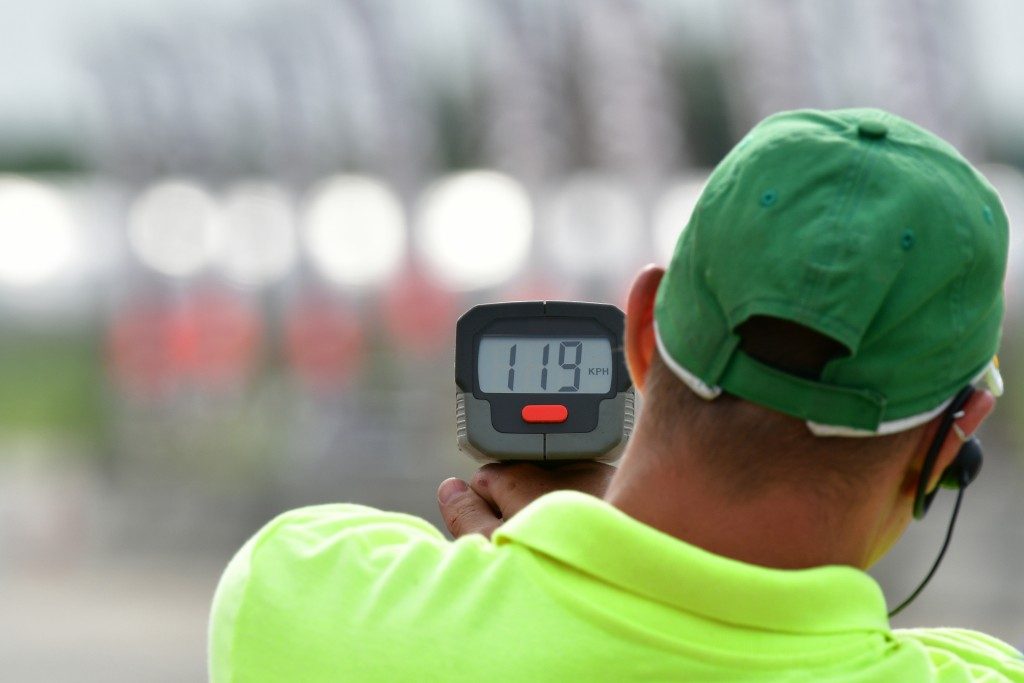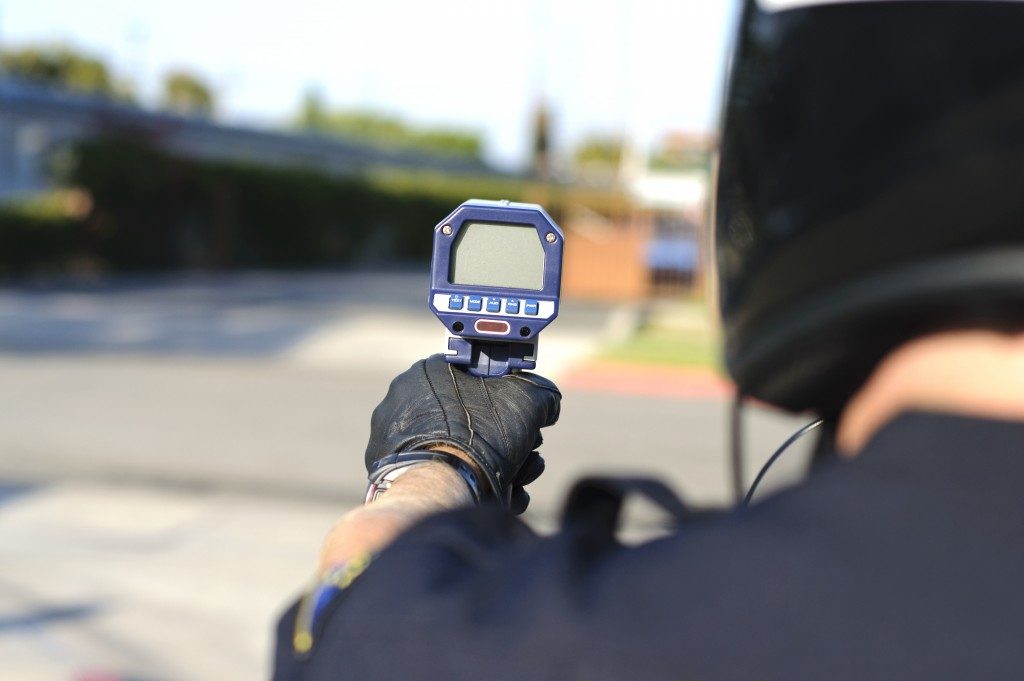After it was used in the military, Radar has been a part of our lives. As modern innovations arise, radar has actually been more useful due to location detection and global positioning applications. Aside from simply checking on the location, another useful function is to measure speed.
There are many uses for measuring speed, but one use that is most familiar for most people is measuring the speed of cars and moving vehicles to check on whether they are violating the speed limit. As this is an actual legal purpose, it is therefore important to ensure that the measurements are accurate. If there are errors in the reading, some people would be unfairly charged and it could lead to augmented costs for the government in terms of legal fees if there are disputes.
It is a common site for motorists: policemen or traffic enforcers on the side of the highway holding a laser radar gun. Once they see a violator, they could either pursue them or file them for non-contact apprehension. The sole evidence is the reading of their speed measuring instrument.
The Difference Between RADAR and LIDAR
Radar is actually an abbreviation and it stands for Radio Detection and Ranging. It has been a staple for police and traffic officials since its introduction in the 1950s and it uses radio waves to measure the speed of vehicles. It will emit radio waves and measure how fast these waves return
LIDAR is also an abbreviation and it for Light Detection And Ranging. Instead of radio waves, they use a laser to determine the speed of vehicles that are in the path of the beam. With this difference of radio waves and light, we can already identify one of the limitations of radar.
In case of heavy traffic, there is a possibility that another vehicle can return the radio waves when using radar. LIDAR can zero in on a specific vehicle more accurately. Despite this limitation, radar is still considered acceptable, specifically for reckless driving citations.
LIDAR and how it enhances effective law enforcement

Instead of the radio waves, LIDAR guns emit pulses of light, easily called laser, and they measure the vehicle speed on how fast the returned light pulses from the cars, just like reflections, as they return to the sender. The difference from radar waves is that the pulses that laser guns emit are extremely thin and narrow. They look like the light from the laser pointer.
Since this light is thin and narrow, they have a small margin for error and there is less possibility that they reflect the echoes of another car. This was the main issue of radar guns and LIDAR practically eliminates any dispute. With the beam pattern just ranging from a few inches to just a few feet, police can effectively lock on a target and pull the trigger to get a reading with pinpoint accuracy.
Radar is still an acceptable instrument but its limitations have been recognized and addressed by LIDAR. Technology has aided law enforcement and will continue to do so for years to come.

